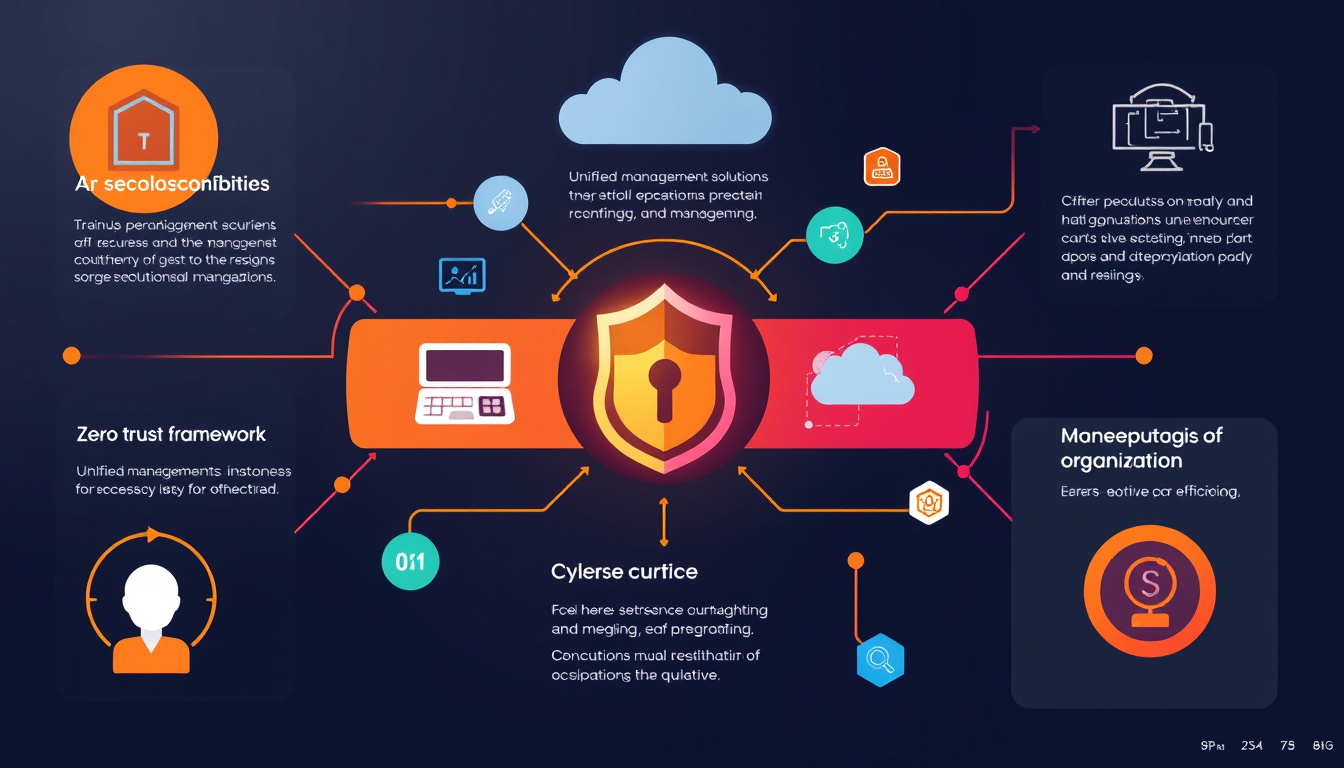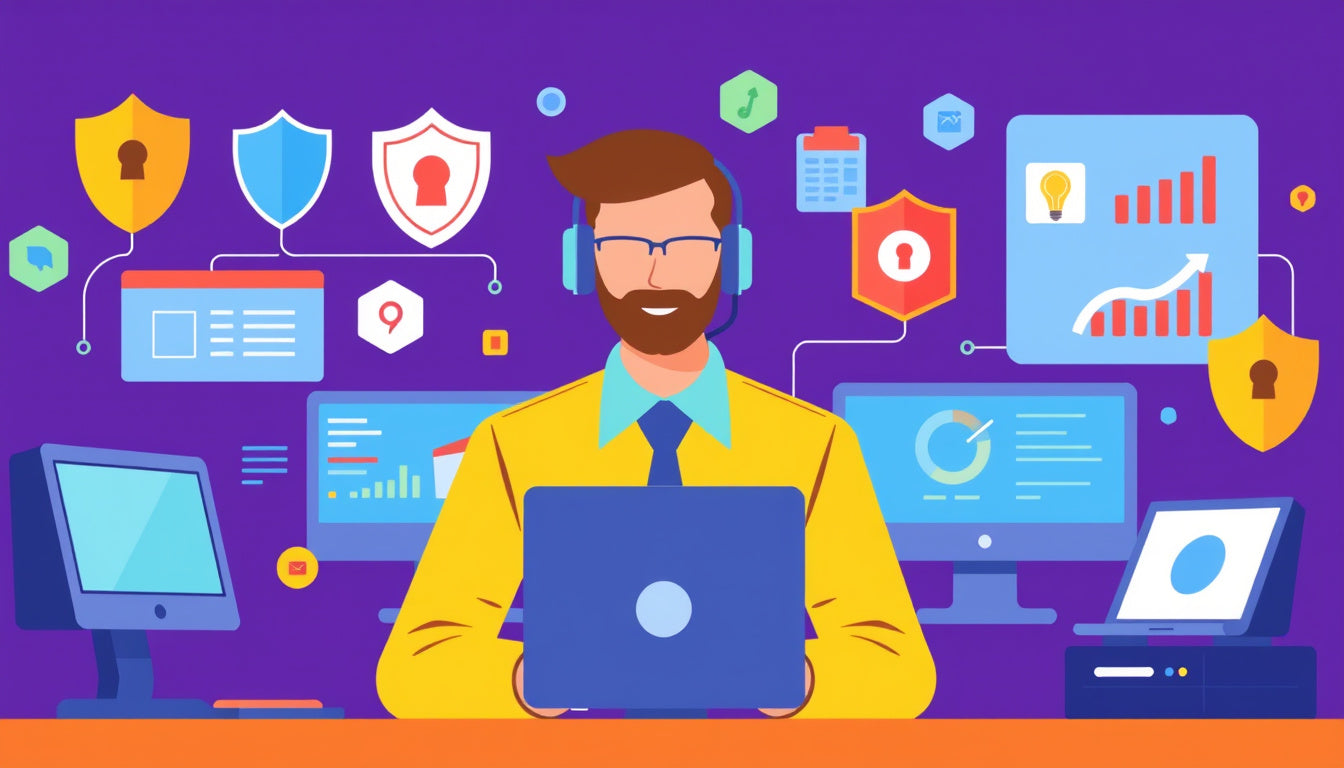As businesses increasingly rely on a diverse range of connected devices, the need for effective endpoint management has never been more critical. Endpoint management combines tools, policies, and practices to authenticate, monitor, and secure an organization’s devices, ensuring an efficient operation while safeguarding sensitive data. Here, we delve into the essentials of endpoint management, its importance, and strategies to optimize its implementation.

What is Endpoint Management?
Endpoint management refers to the processes and technologies that organizations use to secure, monitor, and manage all devices—referred to as endpoints—connected to their network. Common endpoints include laptops, desktops, mobile devices, IoT devices, and even printers. As remote work becomes more prevalent and organizations adopt hybrid operational models, the complexity of managing these devices grows, necessitating robust solutions that ensure both security and user accessibility.
Key Functions of Endpoint Management
-
Authentication and Access Control: Ensuring that only verified and approved devices can access the network is paramount. This helps to prevent unauthorized access and potential breaches.
-
Monitoring and Threat Detection: Continuous monitoring of endpoint activities allows IT teams to detect anomalies that may indicate security threats. This involves using advanced analytics and reporting tools for swift threat identification and response.
-
Patch and Asset Management: Keeping software and operating systems updated reduces vulnerabilities. This includes automating updates and managing device configurations efficiently.
-
Policy Enforcement: Establishing clear policies—such as those governing the use of personal devices under Bring Your Own Device (BYOD) programs—is essential. These policies outline what is permissible within the organization’s network and help balance security with user convenience.
Why is Endpoint Management Important?
The rise in cyber threats is accompanied by a more complex network environment as organizations adopt varied device and cloud solutions. A solid endpoint management strategy helps businesses by:
- Enhancing Security: Implementing comprehensive management measures minimizes the risk of cyberattacks by proactively protecting endpoints from vulnerabilities.
- Boosting Operational Efficiency: Centralized management tools streamline processes, improve response times to incidents, and simplify the maintenance of security protocols across the organization.
- Improving Employee Experience: A well-managed endpoint ecosystem allows employees to access necessary resources and applications seamlessly, promoting work productivity.
Strategies for Effective Endpoint Management
-
Adopt Unified Endpoint Management (UEM): This approach provides a centralized platform for managing all endpoints, including both traditional and mobile devices. UEM solutions facilitate the simplified deployment of updates, management of security policies, and monitoring of device health.
-
Implement Zero Trust Security: A Zero Trust model requires no implicit trust and insists on verifying every device and user attempting to connect to the network. This approach is crucial in today’s dynamic environments where devices can be accessed remotely.
-
Regularly Update and Patch: Automated patch management systems should be in place to ensure that endpoints are consistently updated with the latest security patches and software. This helps in minimizing attack surfaces and vulnerabilities.
-
Educate Employees: Regular training sessions should be conducted to inform employees about security best practices, including recognizing phishing attempts and understanding the significance of maintaining endpoint security.
-
Utilize Endpoint Detection and Response (EDR): EDR solutions provide advanced monitoring capabilities, offering real-time surveillance of endpoint behavior to detect and respond to threats immediately.
-
Develop Comprehensive BYOD Policies: As more organizations implement BYOD strategies, establishing clear policies that govern the acceptable use of personal devices ensures that security measures remain in place without hindering employee productivity.
Conclusion
In an increasingly digital and interconnected world, mastering endpoint management is vital for the security and efficiency of any organization. By implementing best practices such as unified management solutions, a Zero Trust framework, and proactive monitoring strategies, businesses can protect their assets, enhance employee productivity, and mitigate the risks associated with modern cybersecurity threats. As technology evolves, so too must the strategies for managing and securing endpoints, ensuring that organizations remain resilient against emerging challenges.
Get started with your free Managed IT Services assessment today! Contact us at info@logicstechnology.com or by phone at (888) 769-1970.

